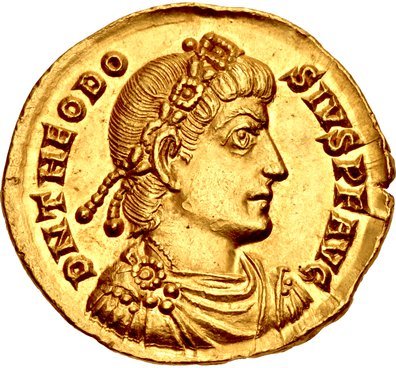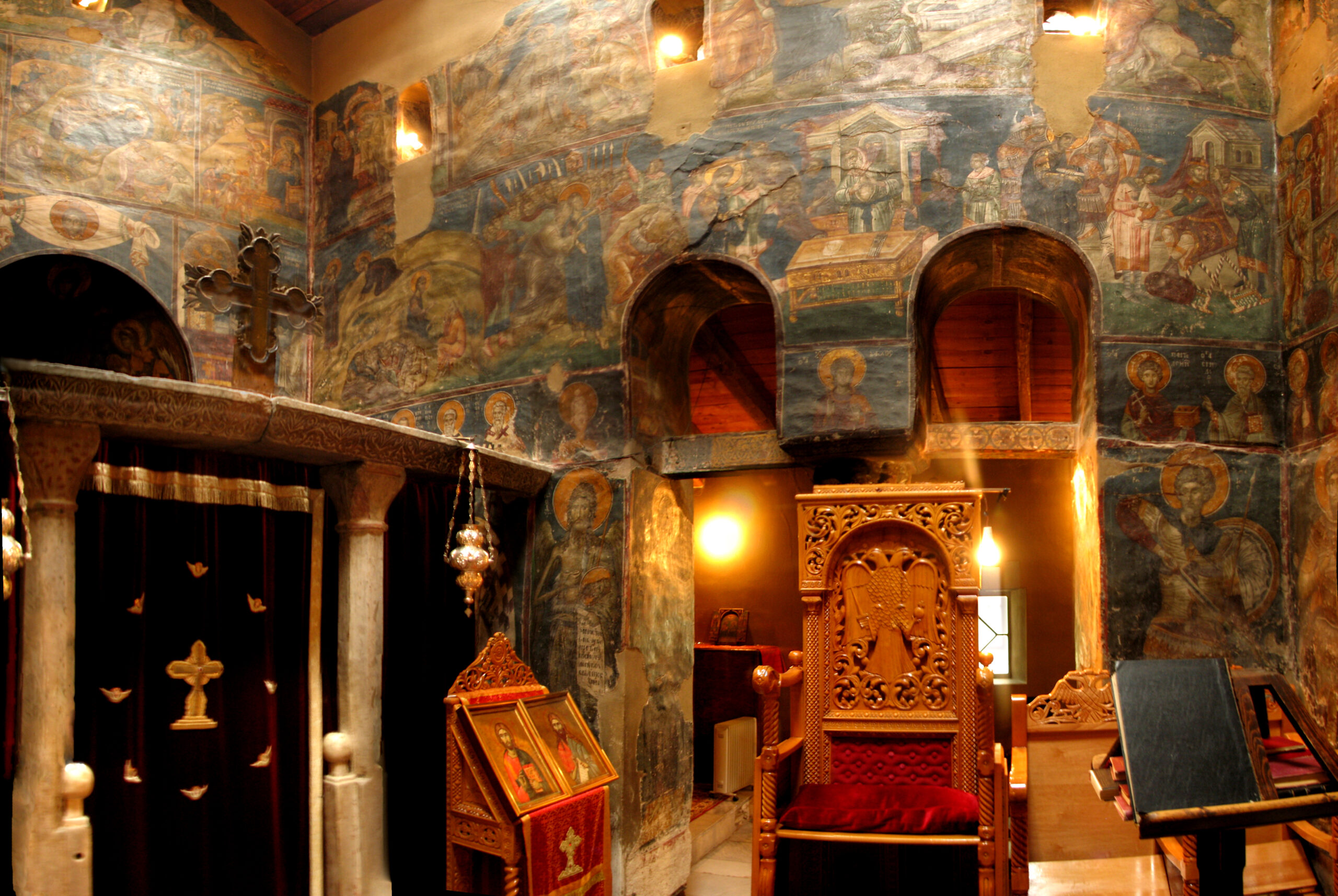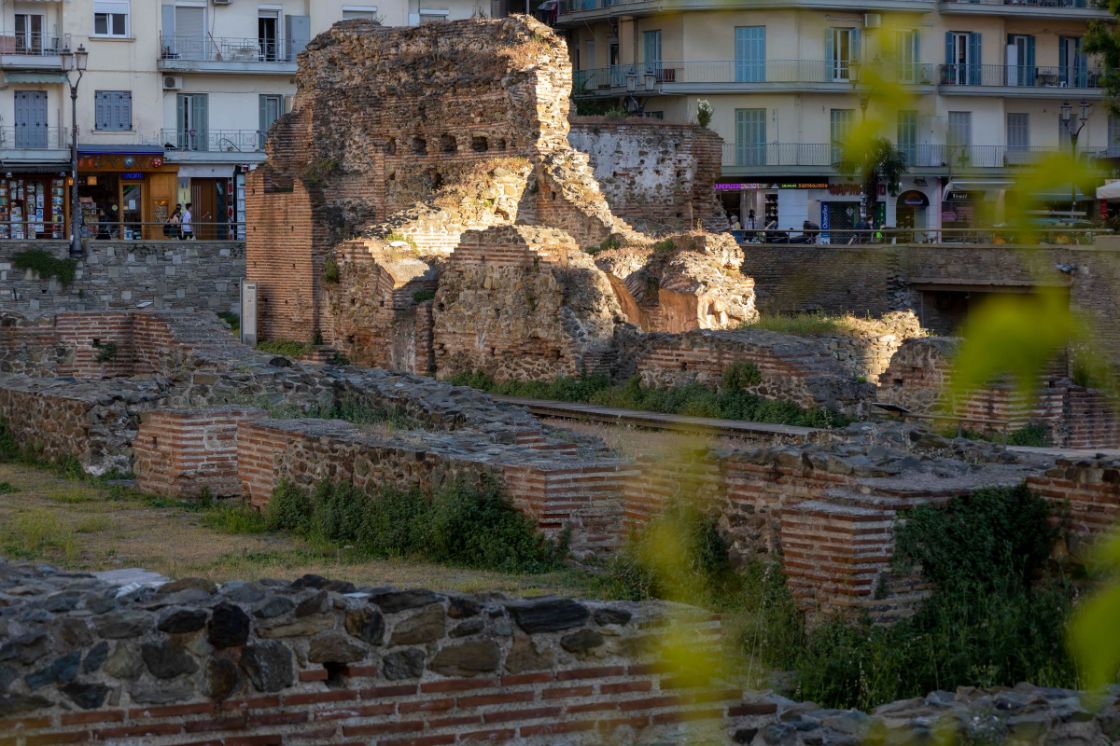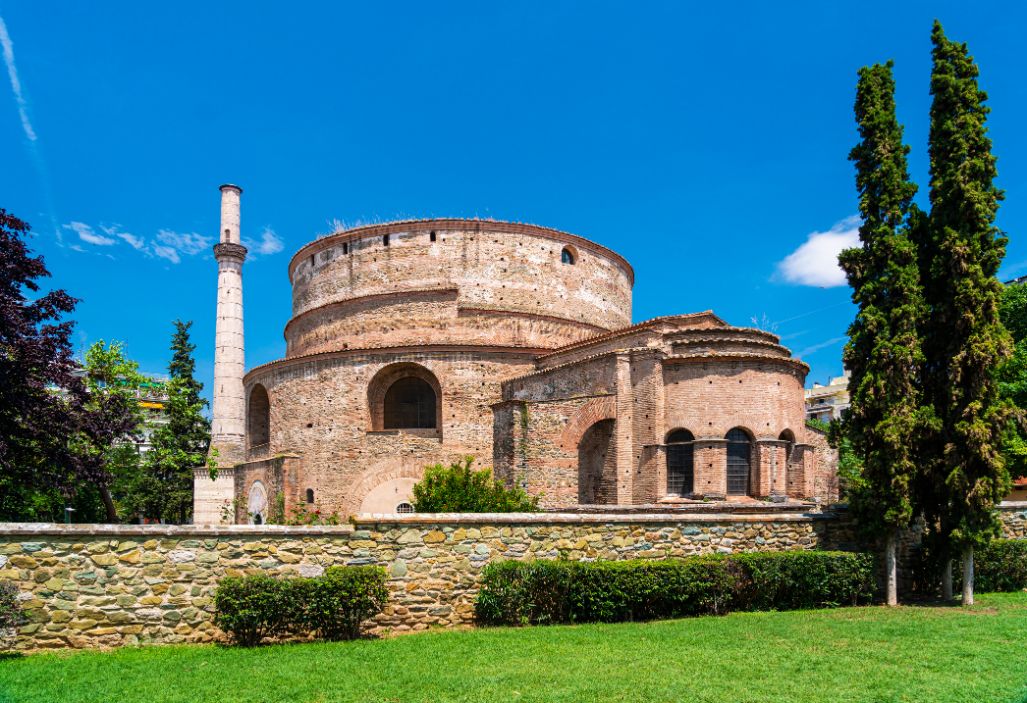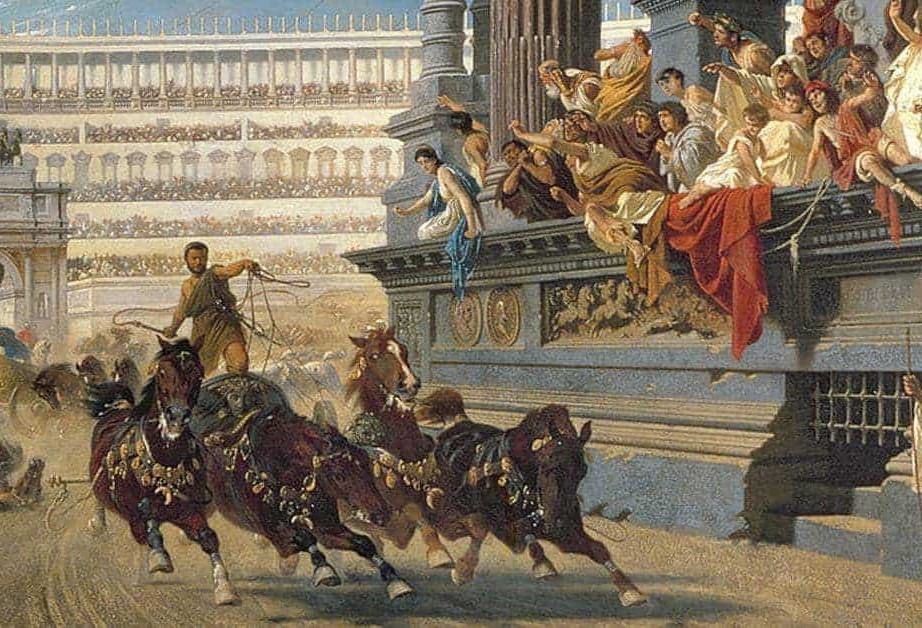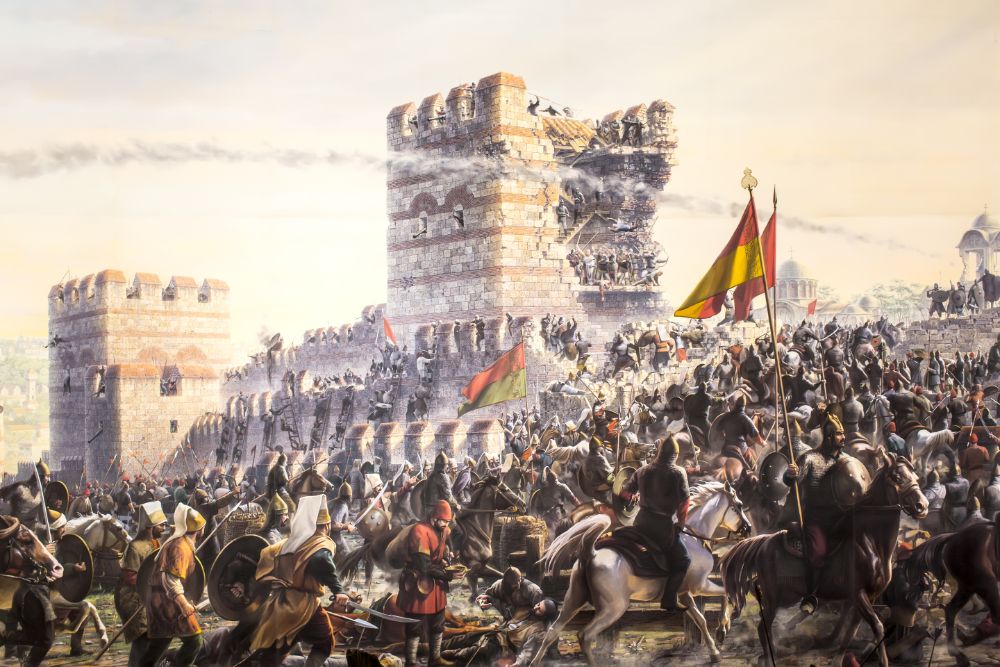The Powerful Empress of Byzantium
Empress Theodora, born around 500 AD, was a pivotal figure in the Byzantine Empire and the wife of Emperor Justinian I. Her early life was marked by humble beginnings, and she was born into a family of entertainment professionals, which likely contributed to her unique worldview and potent political abilities. Before her marriage, Theodora worked as an actress, a position that carried social stigma, yet she transcended her origins to become one of the most influential women in Byzantine history.
Marrying Justinian in 525 AD, she swiftly became his most trusted advisor. Together, they pushed for significant reforms that enhanced the social and legal status of women, including laws against forced prostitution and advocating for the rights of widows and orphans. Theodora’s influence extended to key political decisions, particularly during the Nika Riots of 532 AD, when she urged Justinian to remain in Constantinople rather than flee, decisively quelling the uprising.
Theodora was also instrumental in the construction of churches and the promotion of Christianity, reflecting her significant role in the spiritual life of the empire. Her legacy is evident in her portrayal as a strong, intelligent woman who wielded power in an era when female influence was often minimized. After her death in 548 AD, Theodora was venerated as a saint in the Eastern Orthodox Church, and her life continues to inspire discussions about gender roles and power dynamics in history. Her remarkable journey from the stage to the throne exemplifies resilience and the capacity to effect meaningful change.



